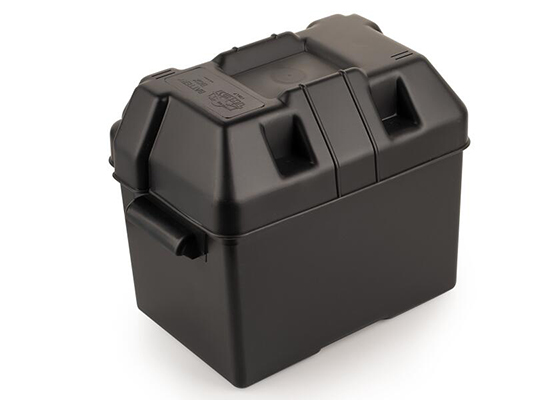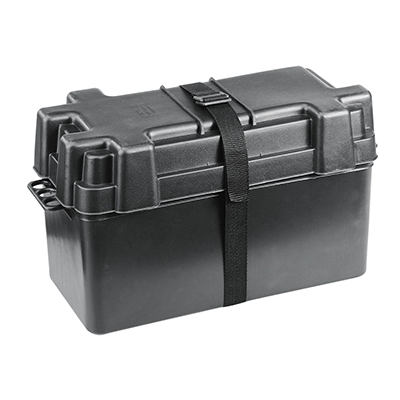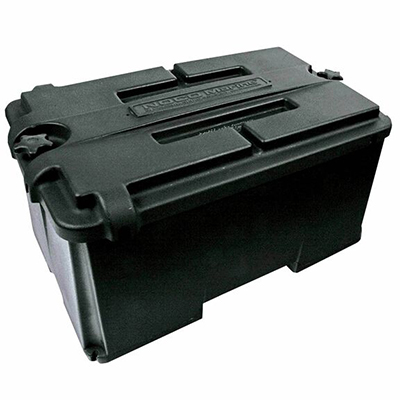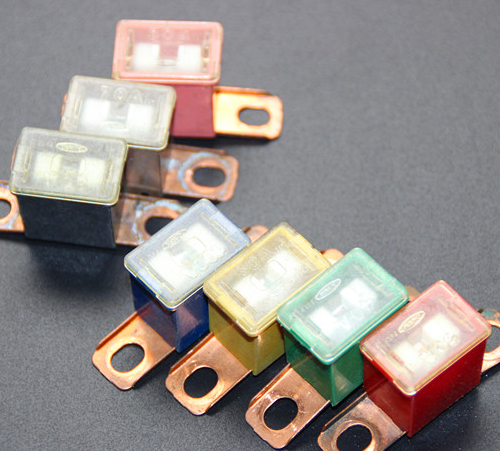Detailed Examination of Prolonged Durability Assessments for Vehicle Battery Enclosures
News 2025-10-20
The automotive industry increasingly relies on robust battery systems for electric and hybrid vehicles, making the durability of components like the battery box critical. Recent long-term testing has focused on how these enclosures withstand environmental stresses, material degradation, and operational wear. This article presents key results from extensive durability tests, highlighting improvements in design and materials that enhance reliability and safety in real-world applications.

Testing Methodology
This section outlines the rigorous procedures used to evaluate battery box durability. Tests simulated accelerated aging through cycles of extreme temperatures, humidity, vibration, and chemical exposure. Materials such as reinforced polymers and corrosion-resistant alloys were subjected to over 10,000 hours of stress testing. Data collection involved sensors monitoring structural integrity, with benchmarks set against industry standards like ISO 16750. This approach ensured comprehensive assessment of performance under conditions mimicking urban driving, off-road use, and harsh climates.
Key Durability Outcomes
Results demonstrated exceptional resilience, with many battery boxes maintaining integrity beyond expected lifespans. Performance advantages included minimal degradation in sealing and thermal management, crucial for electric vehicle efficiency. In application scenarios like cold winters or hot deserts, tested units showed reduced failure rates, offering cost savings and extended service life. These findings underscore material innovations that boost energy density and safety, making them ideal for fleet operations and consumer markets where reliability is paramount.
Frequently Asked Questions
1. What factors affect battery box longevity?
Durability depends on material quality, environmental exposure, and usage patterns; high-quality enclosures can last 10-15 years with proper maintenance.
2. How do these tests apply to real-world conditions?
Tests replicate scenarios like temperature fluctuations and vibrations, ensuring results translate to everyday driving and extreme weather events.
3. What performance improvements were noted?
Enhanced resistance to corrosion and impact was observed, leading to better energy efficiency and reduced maintenance needs in various automotive applications.


